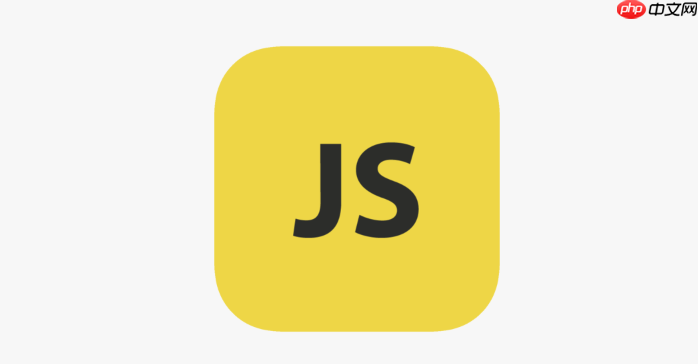Web组件通过自定义元素、影子DOM和HTML模板实现可复用、封装性强的UI组件。1. 使用customElements.define()定义自定义标签,如;2. 通过attachShadow()创建影子DOM实现样式隔离,防止全局污染;3. 利用预定义复杂结构,提升维护性;4. 支持插槽(slot)内容分发与属性监听(observedAttributes),实现动态响应;5. 适用于跨框架复用、设计系统及微前端场景,需注意事件通信与生命周期管理。

Web组件是一套允许开发者创建可复用、独立且具有封装性的自定义HTML元素的技术。它由三项核心技术构成:自定义元素(Custom Elements)、影子DOM(Shadow DOM)和HTML模板()。在现代前端开发中,JavaScript Web组件提供了一种不依赖框架的组件化方案,适用于构建跨框架复用的UI组件。
自定义元素让你可以创建新的HTML标签,并通过JavaScript控制其行为。使用 customElements.define() 方法注册一个类继承自 HTMLElement 的构造函数。
例如,创建一个名为
之后就可以在HTML中直接使用:
立即学习“Java免费学习笔记(深入)”;
影子DOM能将组件的结构与样式封装起来,避免全局CSS污染。在构造函数或 connectedCallback 中调用 this.attachShadow({ mode: 'open' }) 创建影子根节点。
改进上面的例子,加入影子DOM:
class MyButton extends HTMLElement { constructor() { super(); this.attachShadow({ mode: 'open' }); const label = this.getAttribute('label') || '点击我'; this.shadowRoot.innerHTML = ` `; } connectedCallback() { const button = this.shadowRoot.querySelector('button'); button.addEventListener('click', () => { this.dispatchEvent(new CustomEvent('clicked', { bubbles: true })); }); } } customElements.define('my-button', MyButton);这样组件内部样式不会影响外部,也防止外部样式干扰组件渲染。
对于结构较复杂的组件,可以在HTML中使用 预定义结构,然后在自定义元素中克隆使用。

mallcloud商城基于SpringBoot2.x、SpringCloud和SpringCloudAlibaba并采用前后端分离vue的企业级微服务敏捷开发系统架构。并引入组件化的思想实现高内聚低耦合,项目代码简洁注释丰富上手容易,适合学习和企业中使用。真正实现了基于RBAC、jwt和oauth2的无状态统一权限认证的解决方案,面向互联网设计同时适合B端和C端用户,支持CI/CD多环境部署,并提
 0
0

示例:
使用方式:
这种方式让结构更清晰,便于团队协作和维护。
为了让组件更灵活,应支持属性监听和响应式更新。通过定义 observedAttributes 静态属性来指定需要监控的特性。
例如让按钮支持 disabled 属性:
static get observedAttributes() { return ['disabled']; } attributeChangedCallback(name, oldValue, newValue) { if (name === 'disabled') { const button = this.shadowRoot.querySelector('button'); button.disabled = newValue !== null; button.style.opacity = newValue !== null ? '0.6' : '1'; } }调用 this.setAttribute('disabled', '') 即可触发禁用状态。
基本上就这些。Web组件虽然原生支持度良好,但在事件通信、表单集成等方面需额外处理。不过它非常适合构建设计系统、微前端共享组件或嵌入式小工具。不复杂但容易忽略细节,比如正确使用插槽、合理管理生命周期、避免内存泄漏等。掌握这些实践后,你就能写出真正可复用、健壮的Web组件了。
以上就是JavaScript Web组件开发实践的详细内容,更多请关注php中文网其它相关文章!

每个人都需要一台速度更快、更稳定的 PC。随着时间的推移,垃圾文件、旧注册表数据和不必要的后台进程会占用资源并降低性能。幸运的是,许多工具可以让 Windows 保持平稳运行。

Copyright 2014-2025 https://www.php.cn/ All Rights Reserved | php.cn | 湘ICP备2023035733号